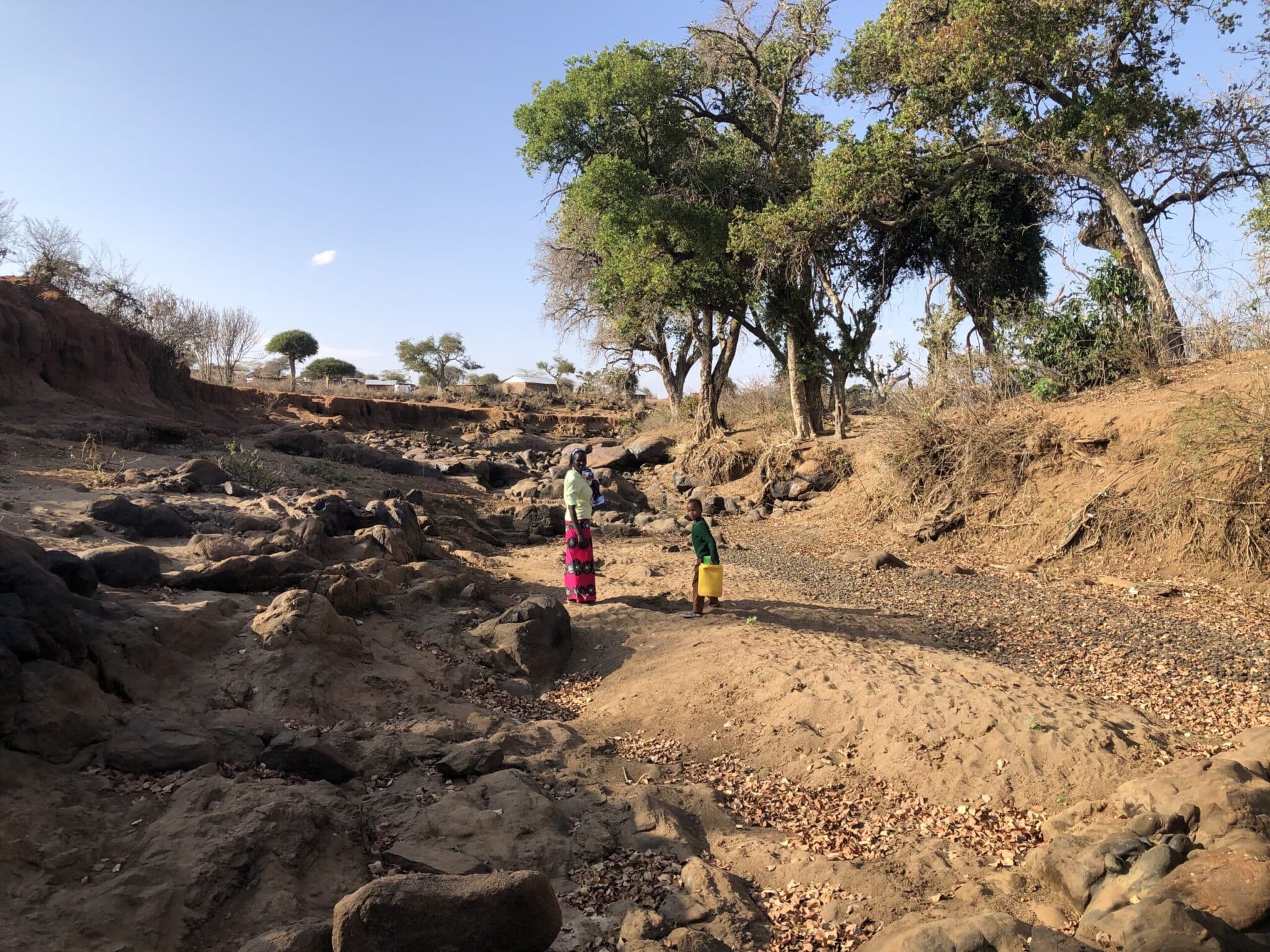
Kenya
Kenya Hunger Crisis
An estimated 4.1 million people in Kenya urgently require access to food and water.
An estimated 4.1 million people in Kenya urgently require access to food and water.
In Kenya there has been rain failure for the last 5 seasons and predictions are that the October – December 2022 rains will also fail. In September 2021 the then Kenyan president declared drought a national disaster calling for humanitarian response. This situation worsened this year with massive loss of livestock and livelihoods, especially in the 22 most affected counties.
Nyeri and Laikipia are among the 22 counties facing this serious drought situation.
The Anglican Development Services Mt Kenya West Imarisha Maisha program work in 13 sites with 8 of them being in Laikipia County and 5 in Nyeri County. Laikipia County has been adversely affected characterized by total rain failure, drying of vegetation, drying of rivers and dams resulting to losses of livestock and livelihood.
Due to their nomadic lifestyles, most men and productive people have migrated either in search of pasture or escaping the effects of drought. This has resulted in the most vulnerable members of society (Lactating mothers, children, persons with disability and the elderly) being left behind with no food source.
Although Nyeri County is between two water towers most of the rivers have dried up and vast parts of Nyeri lies in the Arid and semi-arid regions. Communities mainly depend on rain fed agriculture with the last five seasons recording no harvest. Consequently, the nutrition status of the communities has significantly deteriorated ranging from critical to extremely critical.
Within these arid and semi-arid areas, the total number of acutely malnourished children between 6-59 months that need treatment has reached nearly a million (884,464). There are 115,725 pregnant and lactating women acutely malnourished and in need of treatment.
Headteachers have been reporting a significant drop in school attendance with cases of children fainting in schools due to hunger.

Emergency Response Plan
School Feeding Program
The project will target 34 schools in Laikipia North, 36 in Kiawara and 7 schools in Solio (77 schools in total) with a nutritious porridge (combination of high-protein grains) feeding program for a three-month period from November 2022 to February 2023. (The feeding program will not occur in December as most students are on break).
Each school will receive an average of 4 bags of porridge flour each weighing 50kg. Exact amounts will vary by school based on the number of students enrolled. The parents will support the program by contributing a small fee to pay the cook and buy firewood. The porridge program will ensure nutritional uptake by children from families facing hunger and starvation. This will also ensure children are retained in schools.
Feeding 900 Most Vulnerable Families
The project will also target the 100 most vulnerable households in each of the 9 Imarisha Maisha project sites (900 households in total) that are mostly affected.
Each of those households will receive a monthly package of 6kg of rice, 4kg of green beans, 4kg of porridge flour and 1kg of cooking oil for a three-month period. Working in tandem with the Imarisha Maisha project, the identified households will be followed up by Anglican Church of Kenya staff to put risk reduction mechanisms in place including establishing small savings during the three months to start small income generating activities ranging from indigenous poultry keeping to beekeeping. Both initiatives draw on minimal to no water resources.






